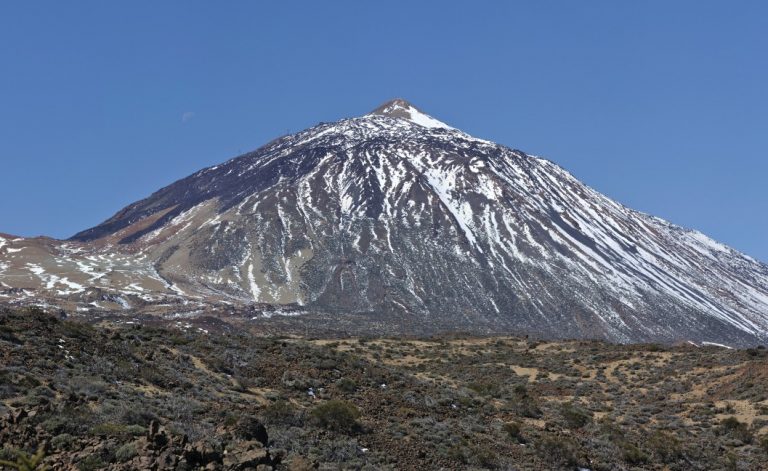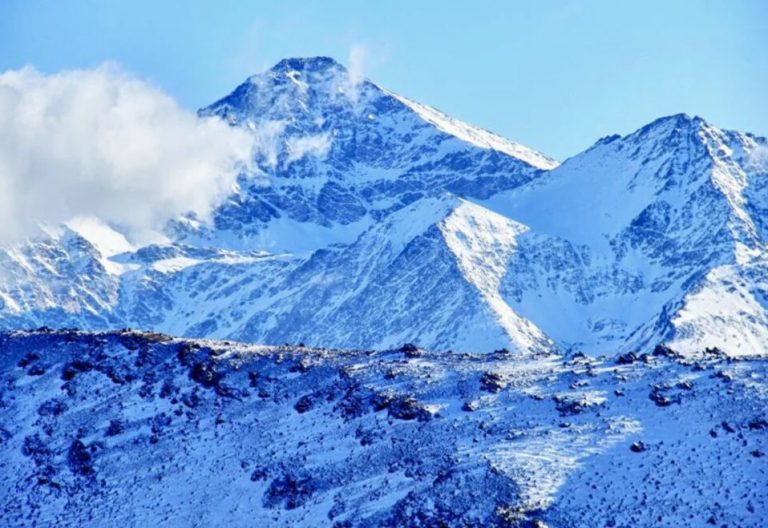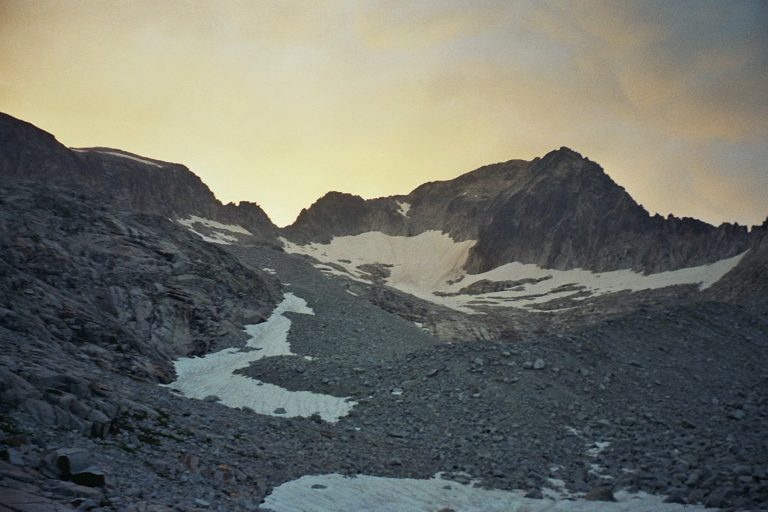Ride on the Roof of a Cable Car
04.05.2024Zermatt is to become the latest mountain resort to offer summer visitors the chance to ascend standing on a ‘balcony’...
Explore Spain’s majestic mountain landscapes with our guide to the Top 10 Highest Mountains. From the towering Teide in Tenerife to the mainland’s Mulhacén and beyond, these peaks offer unparalleled outdoor adventure.
Overlooking the island of Tenerife, Mount Teide, Spain’s highest peak, commands the Canary Islands’ skyline . This majestic mountain is the pinnacle of Spain’s elevation, reaching a summit of 3718m above sea level. Situated on the Spanish island of Tenerife, it resides within the Teide National Park, attracting approximately three million visitors annually. Despite its allure, it’s essential to note that Teide is an active volcano, with its last eruption occurring just over a century ago in 1909—a timeframe that may feel uncomfortably recent.

Sir Edmund Scory achieved the first summit of this volcano in 1582. If you aspire to conquer Teide, the journey is not as straightforward as arriving and gazing upward. Owing to its popularity, the national park restricts the number of trekkers on the volcano, requiring a permit for the ascent. Fortunately, you can obtain this permit free of charge through the Mount Teide National Park website.
Mulhacén, towering as the highest mountain on mainland Spain and the second tallest peak in the country, boasts a summit elevation of 3479 meters above sea level. Some consider it the loftiest mountain in Western Europe outside of the Alps, given the geographical proximity of the Canary Islands, home to Teide—the highest mountain in Spain—to Africa.

Situated in the Sierra Nevada mountain range, mainland Spain’s highest peak presides over the southern coastal region, sharing its prominence with several other summits featured in our list. The exact date of Mulhacén’s initial ascent remains unknown, but estimates suggest it predates the 16th century—making it a truly ancient landmark. Over time, tourists have discovered accessible routes to the summit that pose minimal technical challenges. While a full ascent and descent can be accomplished in a day with suitable equipment, it’s customary for climbers to spend the night at the Poqueira mountain refuge, turning the ascent of Spain’s second-highest mountain into a delightful weekend adventure.
Securing a very close third position on our list is Pico Aneto, soaring to an impressive height of 3404m as the highest mountain in the Pyrenees range. Located just six kilometers south of the French-Spanish border, conquering Spain’s third-tallest peak offers a unique vista that spans both countries simultaneously. Aneto finds its place within the Maladeta Massif, a captivating site that has piqued the interest of explorers and geographers for nearly two centuries.

The inaugural summiting of Aneto occurred in 1842, led by Platon Chikhachyov, a Russian officer on an adventurous vacation, and Albert de Franqueville. Accompanied by their guides Pierre Sanio de Luz, Luchonnais Bernard Arrazau, Pierre Redonnet, and Jean Sors, the group navigated various routes, skillfully avoiding Aneto’s colossal glacier on its northern face. Along the way, they paused at naturally forming spots like La Renclusa, now transformed into an official mountain refuge for those undertaking the climb to Aneto’s summit.
As the fourth highest mountain in Spain and the second highest in the Sierra Nevada mountain range, Veleta marks the second entry for the Sierra Nevada on this list. Its elevation varies among 3394m, 3396m, or 3398m, and we’ve opted for the largest measurement because, well, why not?
Easily visible from the city of Granada, Veleta’s close proximity to bustling civilization has resulted in the integration of infrastructure, extending even to the mountain’s highest points. Remarkably, a fully-fledged road reaches within 10 meters of the summit. Unfortunately, for those seeking a swift shortcut to the peak, the uppermost section of the road has been closed since the establishment of the Sierra Nevada National Ski Park in 1999—an attraction worth exploring in its own right. However, for those preferring a lift on their ascent, a bus service transports visitors to a viewpoint known as Posiciones del Veleta, conveniently positioned within an easy walk of the summit. Easy indeed.
The fifth-highest peak in Spain is Pico Posets, sometimes known as Posets o Llardana, towering at an impressive 3369 meters in the Pyrenees. As the second tallest mountain in the range, following Pico Aneto, Pico Posets offers a serene and solitary experience amid the Pyrenean landscape.
Officially, Pico Posets witnessed its first summit in 1856, achieved by the British hiker Halket and his guides Rendonnet and Barrau. If you aspire to climb this mountain, your route is likely to mirror that of Halket and his team. While the path is relatively straightforward, it’s best tackled without snow. Winter climbers should consider equipping themselves with snowshoes and seeking the guidance of someone familiar with the terrain.
Alcazaba claims the title of the sixth highest mountain in Spain. Soaring to an elevation of 3371m, its northern face graces the city of Granada, creating a picturesque backdrop to the classic Spanish region. Nestled in the Sierra Nevada, Alcazaba stands out as one of the most prominent peaks in the area.
Considered one of the most isolated points in the mountain range, climbing Alcazaba demands an overnight stay unless you possess a touch of superhuman endurance. Seek refuge at Refugio de Poqueira, a shelter on the western face (advance booking required). To the east, you’ll discover the Lagunas de la Calderetas, a collection of enchanting lakes. While the northern face of the mountain is a captivating sight, it requires cautious ascent. With this in mind, we recommend opting for the southern face for a more manageable climb.
Enjoyed this article? click here to get more from us
Zermatt is to become the latest mountain resort to offer summer visitors the chance to ascend standing on a ‘balcony’...
Exploring the Alpine Charms of SalzburgerLand As tradition dictates, the Austrian province of SalzburgerLand welcomes the arrival of Almsommer (Alpine...
A network of 12 new cycling routes and film have been launched on the Yorkshire Coast to help visitors create...
Trentino, the northern Italian region, is a cycling paradise with numerous routes that challenge even the most hardcore of cyclists....